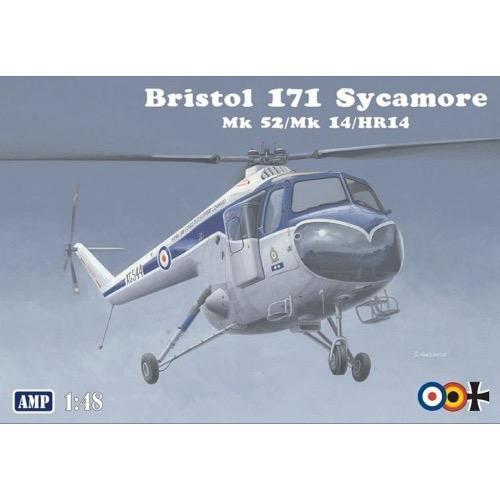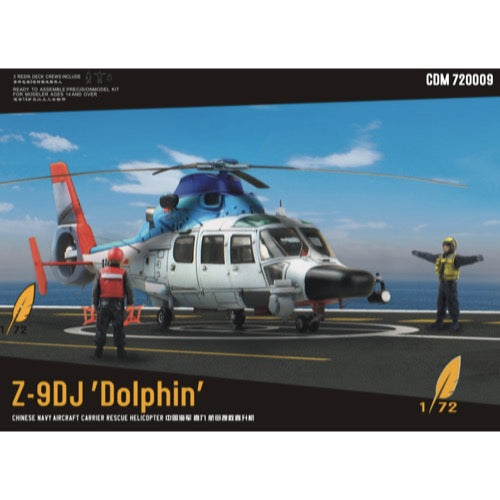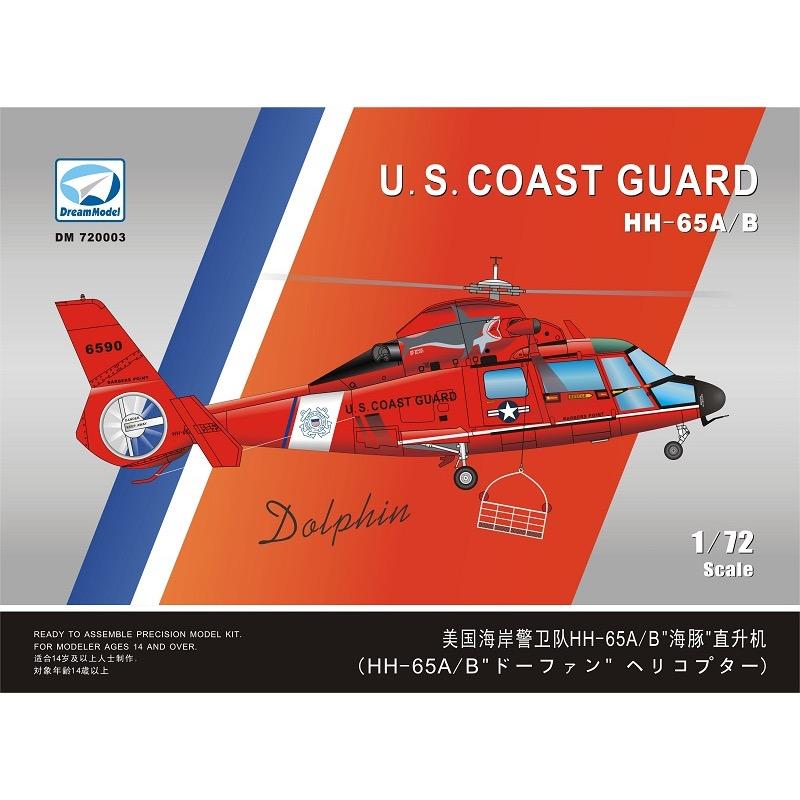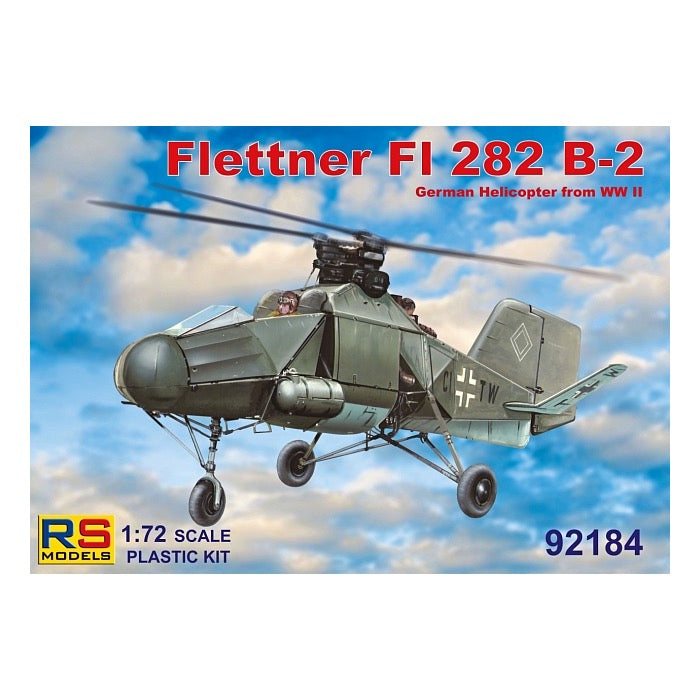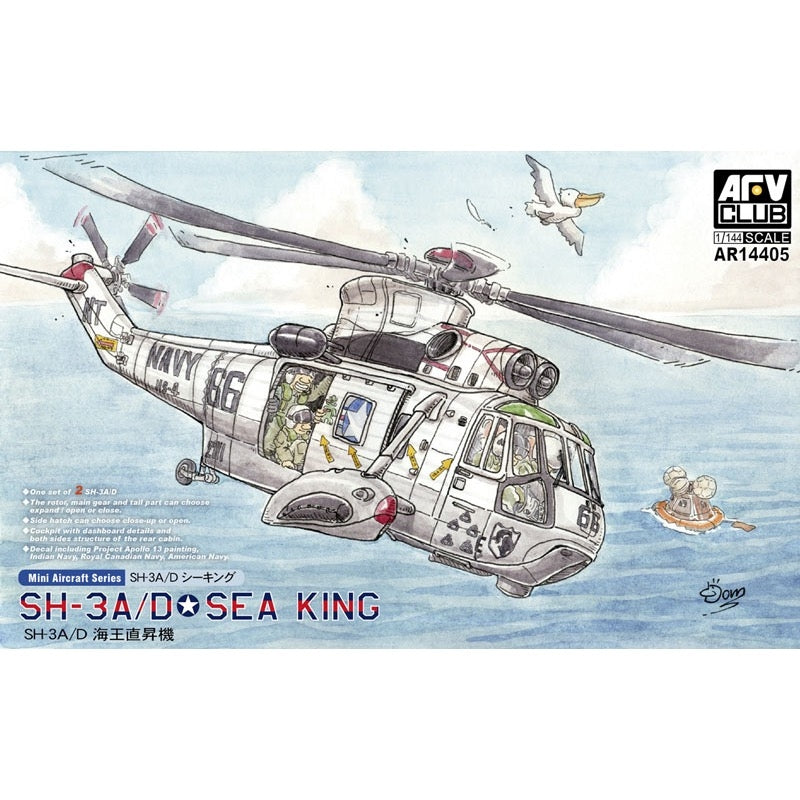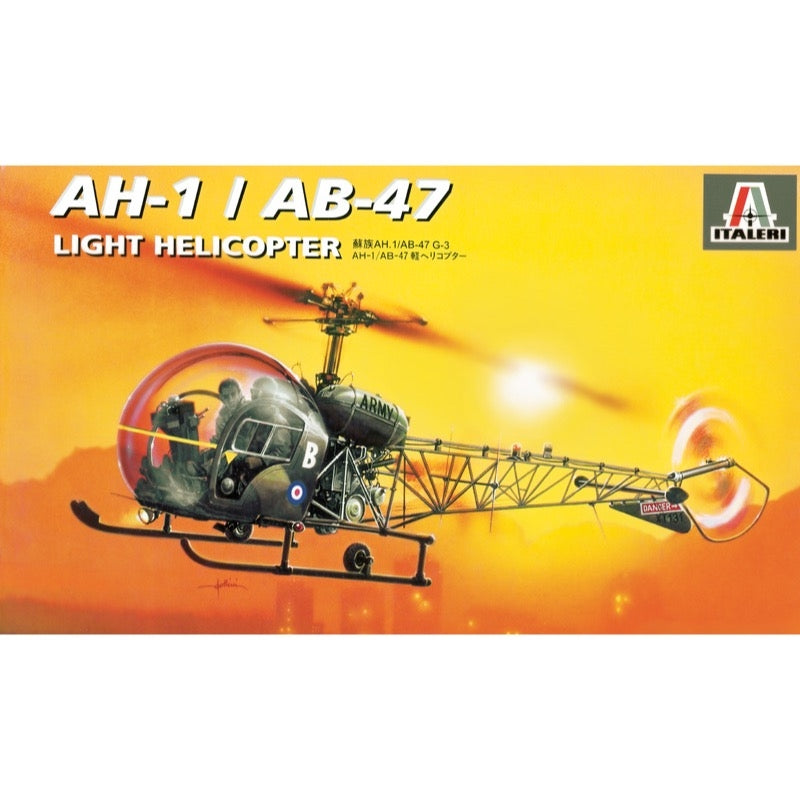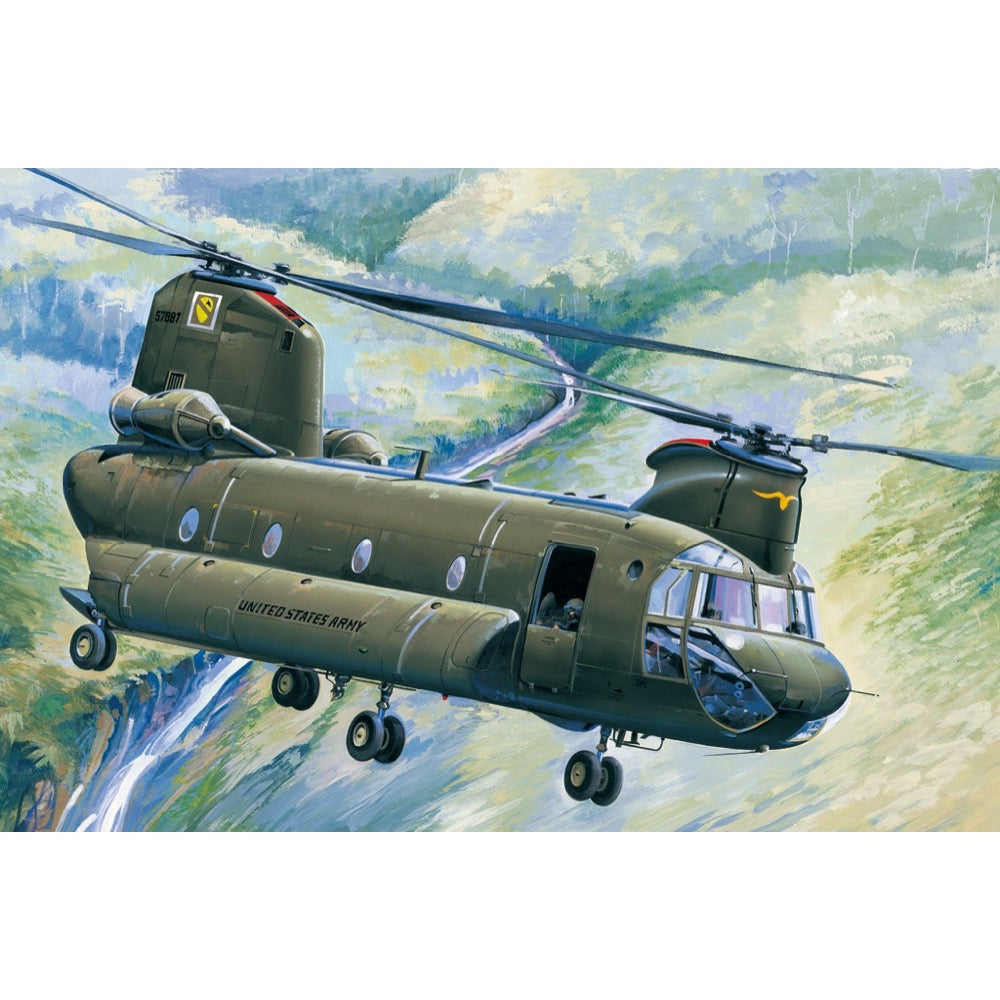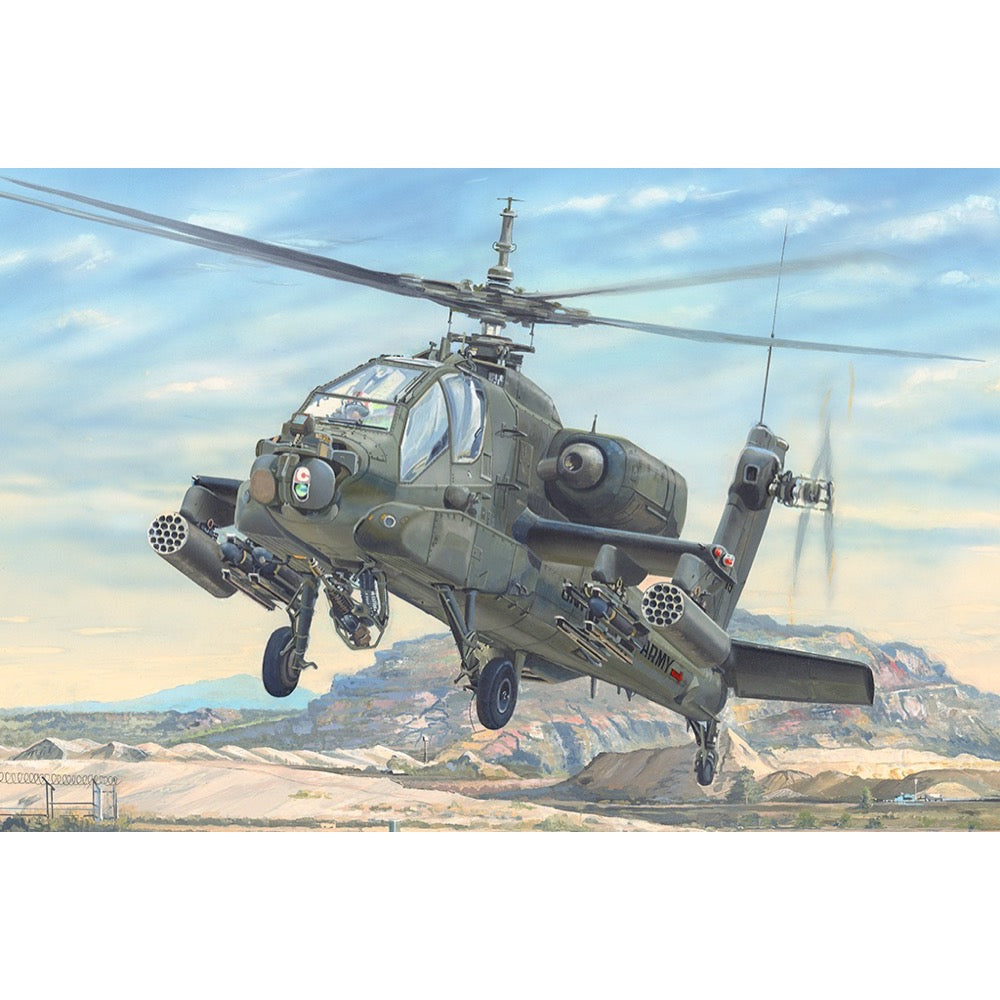
Trumpeter 05114 1/35 AH-64A Apache
The AH-64A Apache is the Army's primary attack helicopter. It is a quick-reacting, airborne weapon system that can fight close and deep to destroy, disrupt, or delay enemy forces. The Apache has been designed to fight and survive during the day, night, and in adverse weather throughout the world. The principal intended mission of the Apache is the destruction of high-value targets with the HELLFIRE missile, primarily hostile armor. It is also capable of employing a 30mm M230 chain gun and the Hydra 70 (2.75 inch) family of rockets that are lethal against a wide variety of targets. The Apache has a full range of aircraft survivability equipment and has the ability to withstand hits from rounds up to 23mm in critical areas. The AH-64 is air transportable in the C-5, C-141 and C-17.
The AH-64 with a tandem-seated crew consisting of the pilot, located in the rear cockpit position and the co-pilot gunner (CPG), located in the front position.
Features
-
Left and right fuselage moulded w/ authentic details
-
Finely detailed cockpit
-
Finely detailed rotors
-
Photo-etched parts included
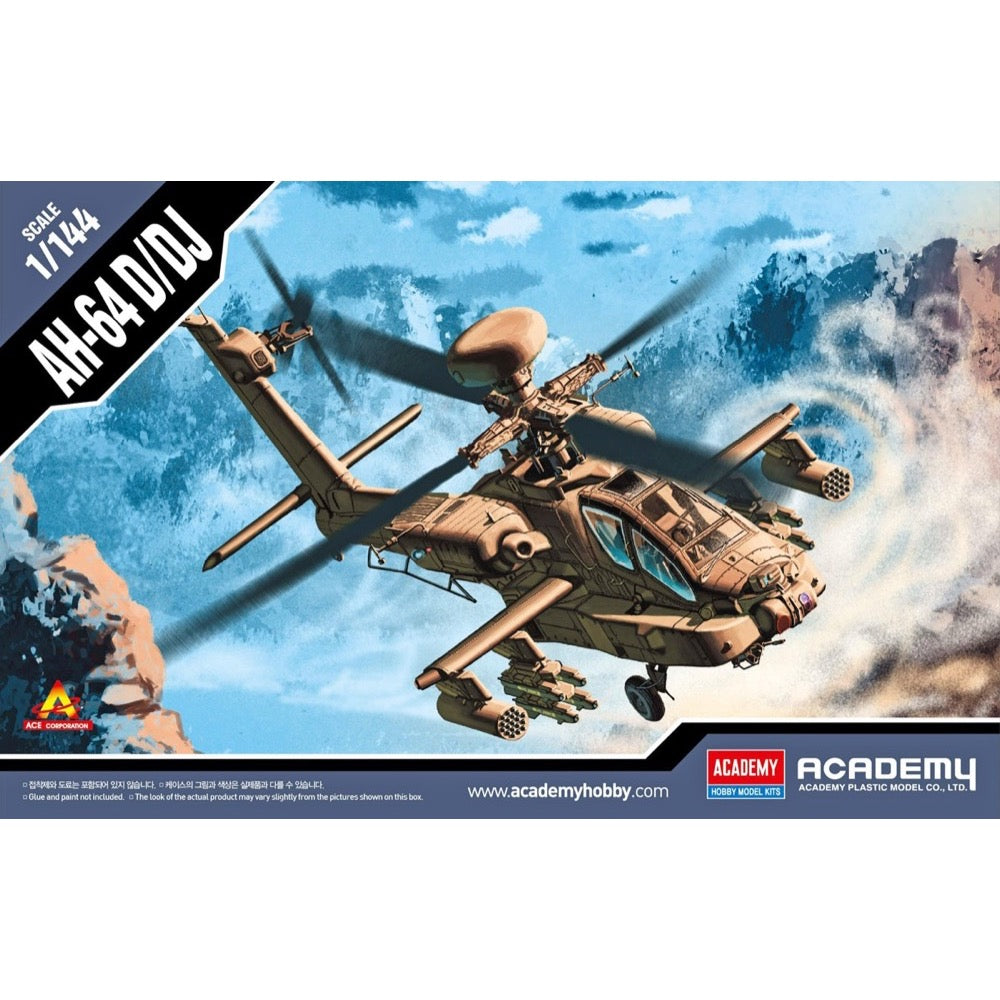
Academy 12514 1/72 AH-64D Block II Apache
The McDonnell-Douglas (Boeing) AH-64 helicopter was selected as the winner in the competition with Bell's YAH-63 in December 1976. The name Apache stuck to the helicopter in 1981. This highly efficient machine has four-blade rotors driven by two General Electric T700-701 turbine engines with a capacity of 1696HP. The vestigial wings are fitted with conventional trailing edge flaps, and a plate tail improves longitudinal steering. The two-man crew takes seats one after the other in the armored cabin. The pilot's seat is in the rear, and the weapon operator / gunner is in the front. The key to the universal use of the helicopter are the TADS systems on the gunner's stand and the PNVS systems used by the pilot. The TADS is a target-tracking laser marker and rangefinder set and a forward-facing infrared sensor that is duplicated by the normal optics. The PNVS system is a developed FLIR system that allows you to pilot a helicopter just above the ground in order to prevent or delay detection by the enemy's anti-aircraft defense. Apache helicopters took part in the operation in Panama in 1989, during the Desert Storm in 1991, or the last conflict in Iraq (2003). At the end of 1990, the construction of a new version of the helicopter began, equipped with a Martin / Westinghouse Longbow millimeter radar installed above the head to control the weapons. It is used to control the Rockwell AGM-114 Hellfire anti-tank missiles. Technical data: Top speed: 300 km / h; climb speed 12.7 m / s, maximum range (without external tanks): 689 km, armament: 30mm Hughes M230A1 Chain Gun fixed-1 cannon, and outboard armaments - most often Hellfire missiles.
This is an injection-plastic aircraft model kit.
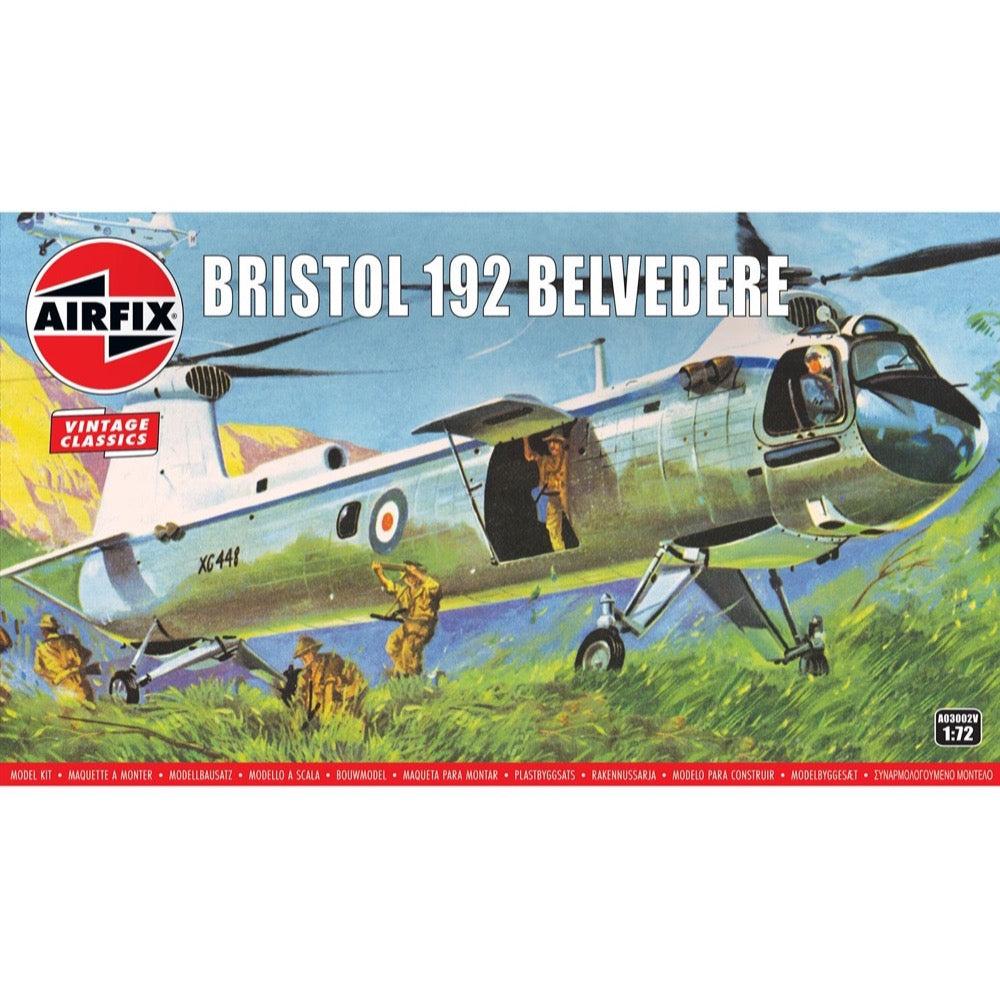
Airfix 03002V 1/72 Bristol 192 Belvedere
A significant post-war achievement for Britain's aviation industry, the Bristol Belvedere was a highly capable, tandem-rotor, heavy-lift helicopter which underlined the versatility of modern rotorcraft. Featuring true twin-engine redundancy, the Belvedere could operate safely on just a single engine if required. Surprisingly, only 26 of these helicopters were produced.
Specification
- Item Scale: 1:72
- Parts Included: 50
- Skill Level: 2
- Scheme Options: 2
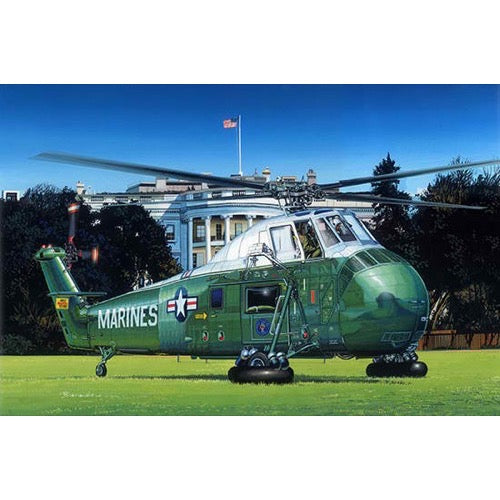
Trumpeter 02885 1/48 VH-34D Marine One Re-Edition
Marine One is the call sign of any United States Marine Corps aircraft carrying the president of the United States. It usually denotes a helicopter operated by Marine Helicopter Squadron One HMX-1 "Nighthawks", consisting of either the large Sikorsky VH-3D Sea King or the newer, smaller VH-60N "White Hawk". Both helicopters are called "White Tops" because of their livery. Any Marine Corps aircraft carrying the vice president without the president, has the call sign Marine Two.
Features
- The kit consists of over 350 parts , includes 16 clear parts
- fuselage&wing with finely engraved panel lines
- optional interior parts
Photo Etched parts included


